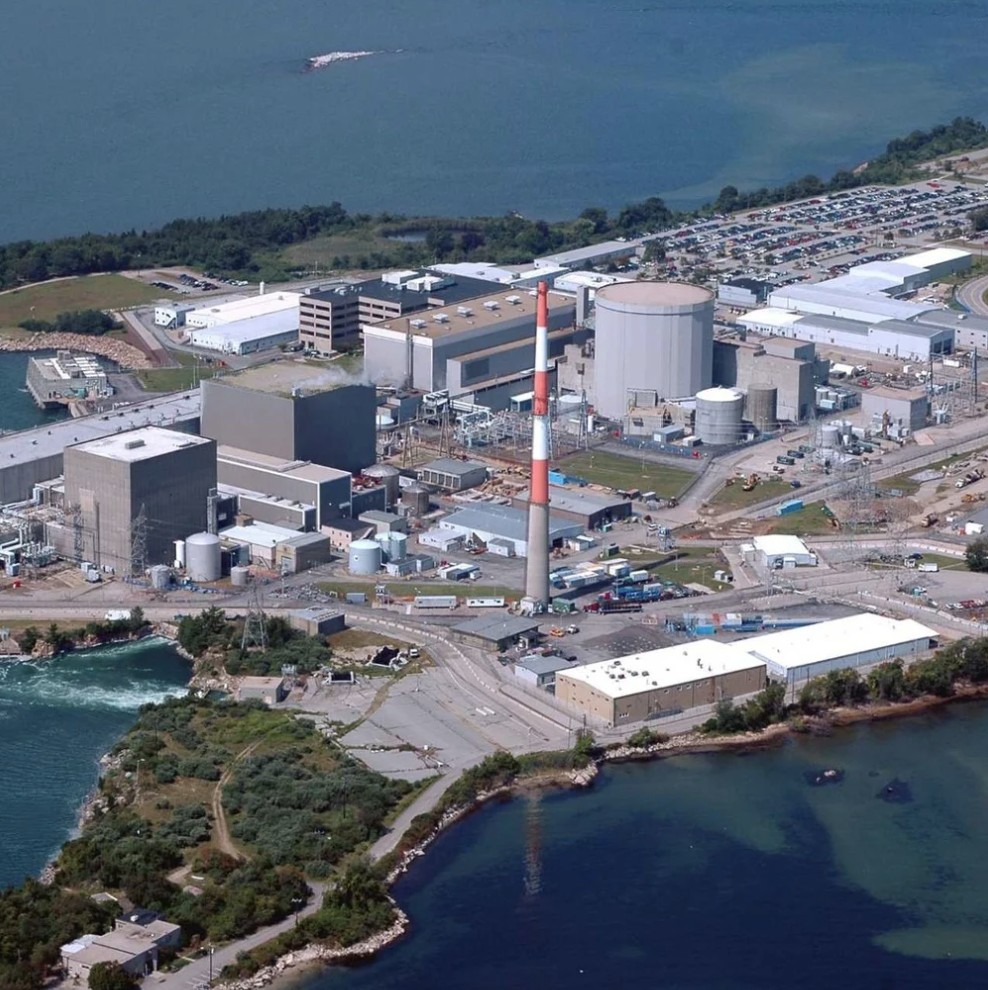Most people in Connecticut rarely give Millstone Power Station a second thought. It’s tucked away in Waterford, surrounded by tight security and layers of regulation. But here’s the reality: this one plant quietly generates approximately half of the state’s electricity—and over 90% of its carbon-free power. At a time when clean, reliable energy is more urgent than ever, Millstone is one of the most important facilities in the state.
But Millstone wasn’t always a nuclear facility. The land it occupies—Millstone Point—was once a thriving granite quarry. The stone pulled from the site helped build Grand Central Station and even forms the base of the Statue of Liberty. That legacy of industrial importance hasn’t faded. It’s just changed form. Now, instead of stone, the site delivers megawatts.
Millstone operates two active nuclear reactors—Units 2 and 3—which together have a generating capacity of over 2 gigawatts. That’s enough to power about 2 million homes. The now-closed Unit 1, brought online in 1970 and permanently shut down in 1998, remains in safe storage.
Dominion Energy, which purchased the facility in 2000, reports that Millstone contributes $1.5 billion to the state’s economy each year and supports nearly 4,000 in-state jobs. In Waterford alone, Millstone accounts for roughly a third of the town’s tax base.
Millstone hasn’t always been a model of operational excellence. In the 1990s, mismanagement, falsified records, and unqualified staff led to federal convictions and a record $10 million fine. The plant was temporarily shut down, and its reputation suffered.
Since then, Dominion has invested heavily in overhauling safety culture, systems, and oversight. Today, plant operations are highly structured, with rigorous training cycles, preventative maintenance schedules, and federal oversight baked into daily life. Every operator cycles through a simulated control room every five weeks.
The plant’s licenses for Units 2 and 3 have been extended through 2035 and 2045, respectively. Whether Millstone continues operating beyond that will depend on economics, regulatory support, and public perception. If it closes, Waterford will face a massive hit in tax revenue—and the state will lose a major piece of its clean energy infrastructure.
There are two main pathways to closure: immediate decommissioning, or “Safe Storage,” in which radioactive materials are left on site for decades until radiation naturally decays. Currently, Unit 1 is in Safe Storage and will remain that way until at least 2048.
Millstone’s impact extends far beyond its fences. It powers the hospitals, homes, and schools that define daily life in Connecticut. Its closure, if it comes, will leave a sizable hole—not just in Waterford’s finances, but in the state’s energy strategy.
Cress is a leading real estate agent serving buyers of high-end properties in Fairfield County, CT. What sets us apart from other agents is our unwavering commitment to offering the lowest fees in the industry for the level of service we provide. We believe you shouldn’t have to sacrifice quality for affordability.
Our flat fee buyer’s agent services and commission rebate models make luxury real estate more accessible, delivering top-tier service and unmatched value. By streamlining operations and leveraging technology, we pass those savings directly to you, ensuring an exceptional real estate experience. For more information, visit www.callcress.com.
Doug Cress
(212) 203-5251
doug@cress.co
License #RES.0832278
Fairfield County, CT
Enterprise Realty Inc.
License #REB.0751297
80 Huntington St.
Shelton, CT 06484




